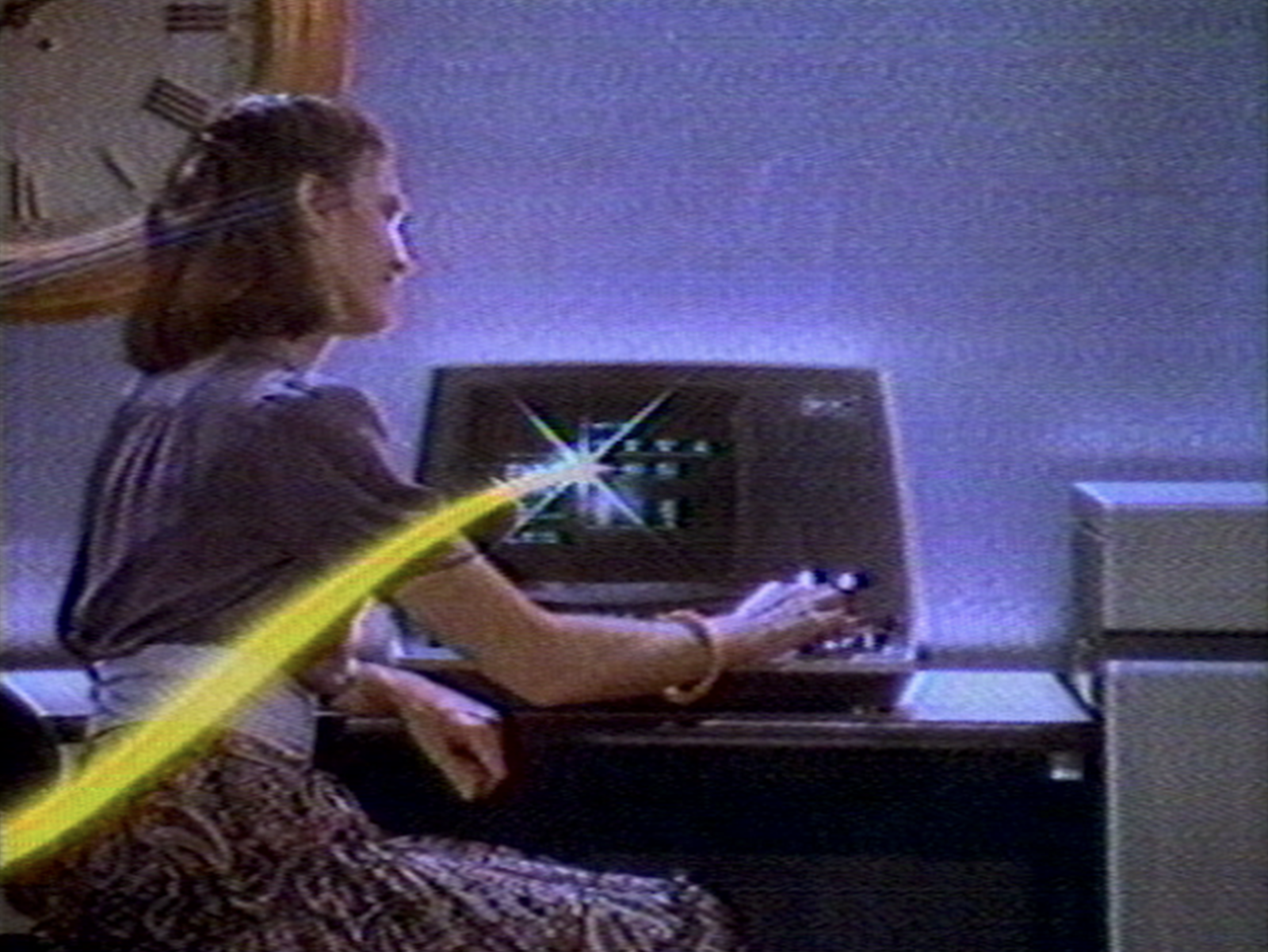September 20, 2024–February 2, 2025
3 Park Dräi Eechelen
L-1499 Luxembourg
Luxembourg
Hours: Tuesday–Sunday 10am–6pm,
Wednesday 10am–9pm
T +352 45 37 85 1
info@mudam.com
Organised by Mudam Luxembourg – Musée d’Art Moderne Grand-Duc Jean and Kunsthalle Wien in Vienna, Radical Software: Women, Art & Computing 1960–1991 is the first survey on the history of digital art from a feminist perspective, focusing on women who worked with computers as a tool or subject and artists who worked in an inherently computational way. Comprising more than 100 works by fifty artists, the selection includes painting, sculpture, installation, film, performance and many computer-generated drawings and texts.
A principally analogue exhibition about digital art, Radical Software focuses on the decades that preceded the rise of the World Wide Web and the proliferation of digital information and images that ensued, shaping artistic production and visual culture in the following decades. The exhibition is titled after the magazine that Beryl Korot started with fellow artists Phyllis Gershuny (now Phyllis Segura) and Ira Schneider in 1970. They adopted the term software (as opposed to hardware) as a metaphor and powerful tool for social change. The magazine’s wide-ranging editorial model and mission to serve as “an evolving handbook of technology,” decentralising access to information, predated the World Wide Web by two decades.
The exhibition spans a period from the first years of integrated circuit computing in the 1960s to the “microcomputer revolution,” which led to the birth of home computing in the 1980s. During these three decades the computer migrated from the laboratory to private, domestic space. From the 1960s, artists, poets, writers and filmmakers experimented with mainframe and minicomputers alongside mathematicians, scientists and engineers to produce and exhibit the first computer-generated images and texts. Yet with each retelling of this history, the significant engagement of women with this technology has been largely overlooked. Set within a period that was also marked by the second wave of feminism, this exhibition documents a lesser-known history of the inception of digital art, countering conventional narratives on art and technology by focusing entirely on women.
Guest curator: Michelle Cotton, Artistic Director of Kunsthalle Wien
Assisted by Sarah Beaumont, Curatorial Assistant at Mudam Luxembourg – Musée d’Art Moderne Grand-Duc Jean
List of artists: Rebecca Allen, Elena Asins, Colette Stuebe Bangert & Charles Jeffries Bangert, Gretchen Bender, Gudrun Bielz & Ruth Schnell, Dara Birnbaum, Inge Borchardt, Barbara Buckner, Doris Chase, Analívia Cordeiro, Betty Danon, Hanne Darboven, Bia Davou, Agnes Denes, VALIE EXPORT, Anna Bella Geiger, Isa Genzken, Dominique Gonzalez-Foerster, Lily Greenham, Samia Halaby, Barbara Hammer, Lynn Hershman Leeson, Grace C. Hertlein, Channa Horwitz, Irma Hünerfauth, Charlotte Johannesson, Alison Knowles, Beryl Korot, Katalin Ladik, Ruth Leavitt, Liliane Lijn, Vera Molnár, Monique Nahas & Hervé Huitric, Katherine Nash, Sonya Rapoport, Deborah Remington, Sylvia Roubaud, Miriam Schapiro, Lillian Schwartz, Sonia Sheridan, Nina Sobell, Barbara T. Smith, Tamiko Thiel, Rosemarie Trockel, Joan Truckenbrod, Anne-Mie Van Kerckhoven, Ulla Wiggen.
Radical Software: Women, Art & Computing 1960–1991 is accompanied by an exhibition catalogue, edited by Michelle Cotton. The publication includes essays by Tina Rivers Ryan and Margit Rosen and twenty-seven interviews conducted by curators and art historians with the participating artists. Designed by A Practice for Everyday Life and published by Mudam Luxembourg, Kunsthalle Wien and Buchhandlung Walther König, the publication Radical Software: Women, Art & Computing 1960–1991 will be released in October 2024. Available at the Mudam Store and on mudamstore.com
The exhibition is organised by Mudam Luxembourg – Musée d’Art Moderne Grand- Duc Jean and Kunsthalle Wien, Vienna.

